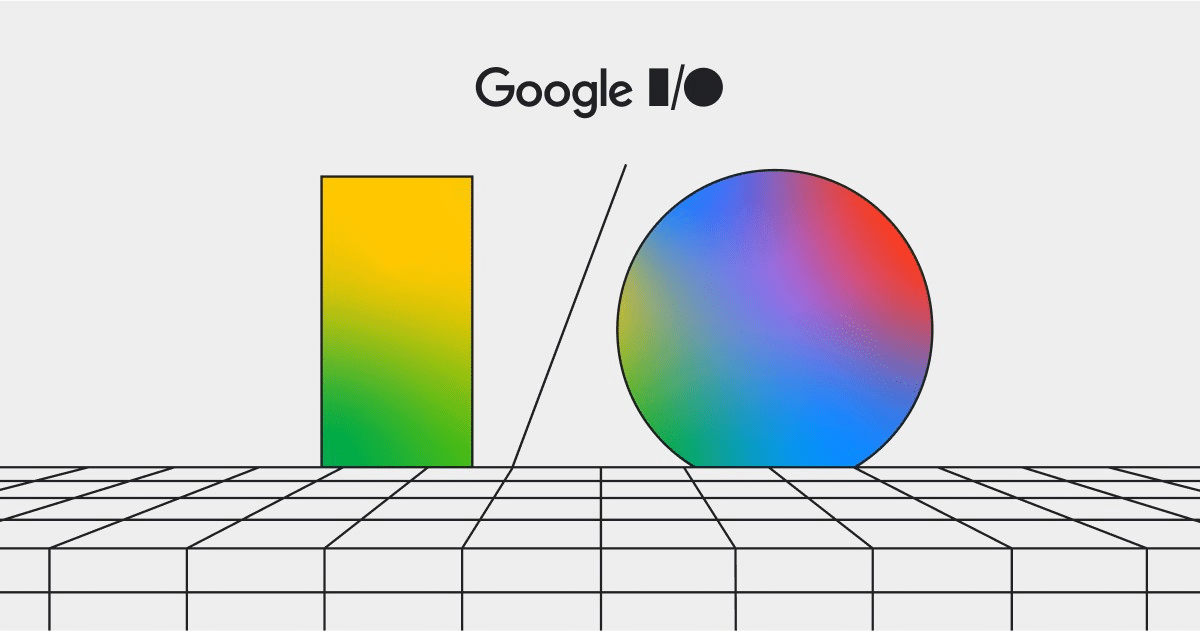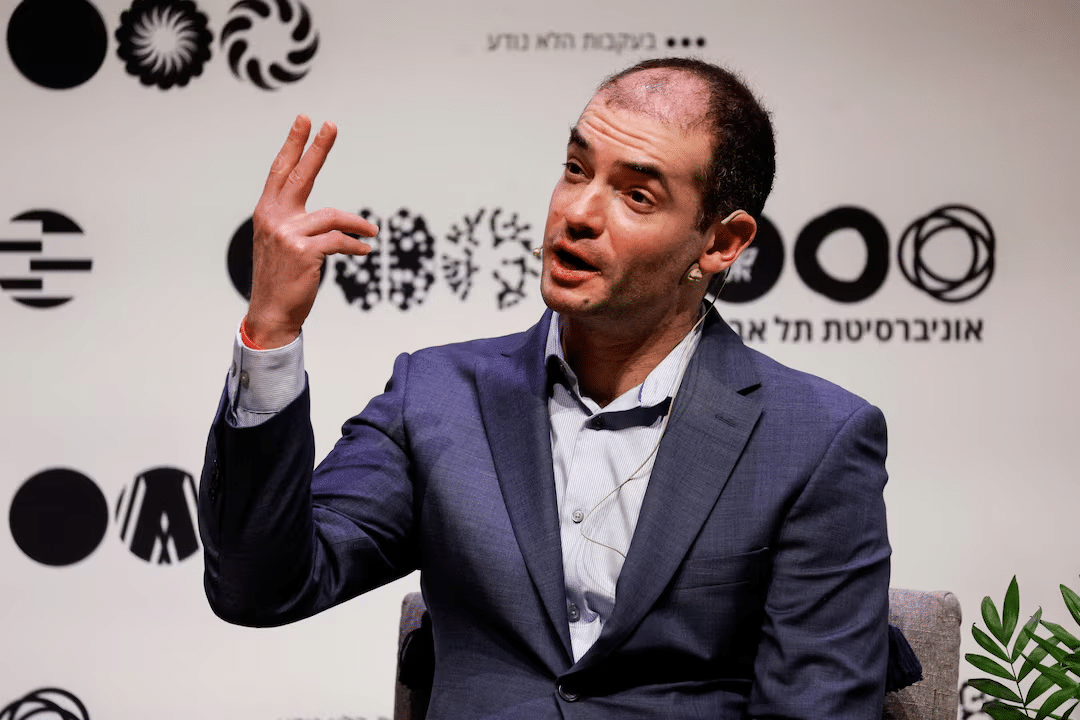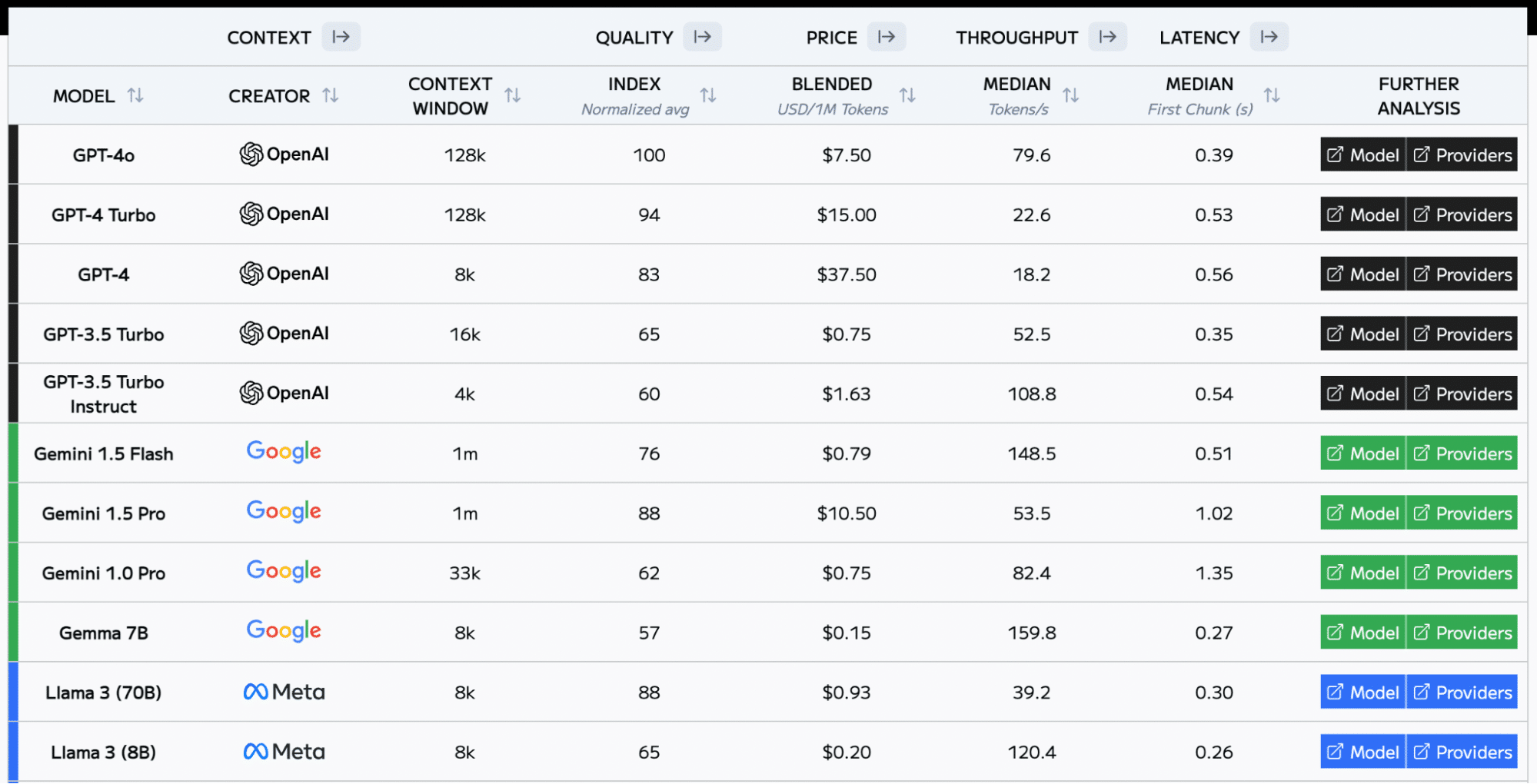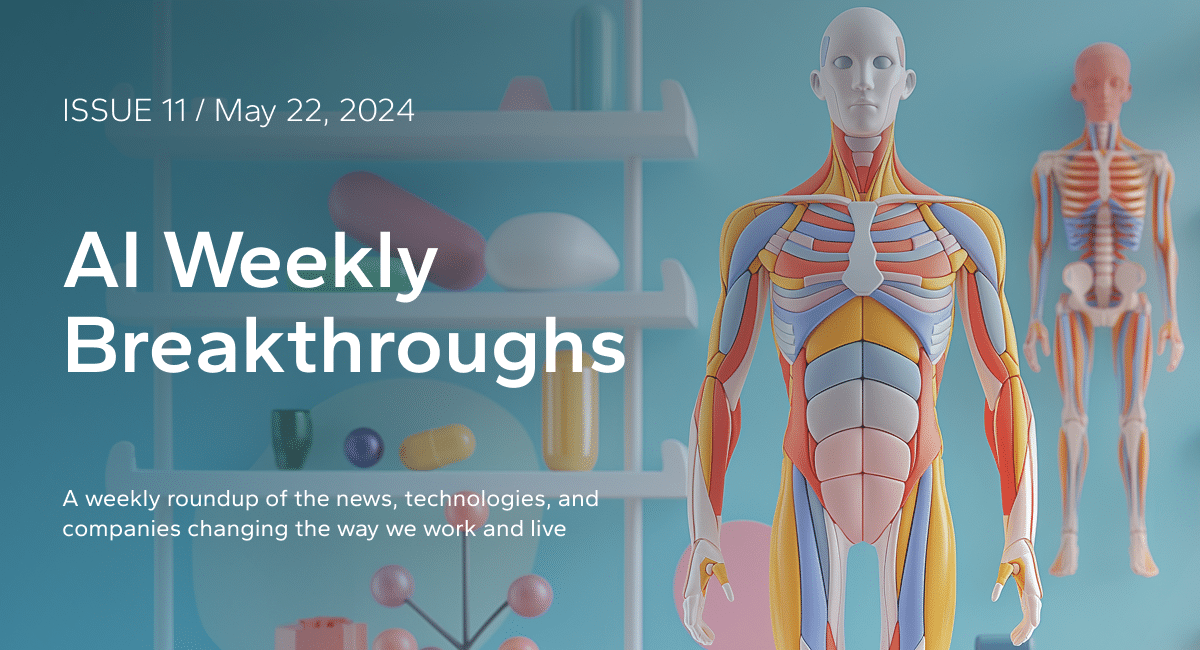Welcome to AI Weekly Breakthroughs, a roundup of the news, technologies, and companies changing the way we work and live.
Mannequin Medicine Makes Perfect

Darlington College has introduced AI-powered mannequins to train its health and social care students. These advanced robotic “patients” can recognize and respond to speech, enabling realistic interaction and practice. Designed to build critical thinking and decision-making skills in students, they come with five settings for conditions ranging from a headache to heart problems. Students can ask questions, take pulses, and even administer defibrillation.
Medical schools have been using human actors, known as standardized patients, to train students for several decades. Standardized patients help prepare students for real-world healthcare scenarios, and ensure they get the early experience and confidence needed to care for real-world care. While still in its early stages, “mannequin medicine” technology has the potential to replace this cornerstone of future medical education and at the same time offer increasingly complex simulations that will significantly elevate how healthcare professionals are trained.
Search Goes Generative at Google’s I/O 2024

Google’s I/O 2024 developer conference unveiled a host of new AI-driven initiatives that will impact up to a billion users worldwide. The May 14 event featured a mix of live and online presentations that can be accessed on demand. Here’s a brief on the key announcements:
Search Generative Experience: Google introduced the Search Generative Experience (SGE), which leverages AI to create context-aware insights and summaries for queries. Google is targeting an ambitious rollout of SGE to a billion users by the close of the year.
Gemini’s Evolution: Google showcased newer models of its Gemini lineup. Gemini 1.5 Pro and Gemini 1.5 Flash both offer multimodal capabilities with a 1 million context window size. For heavy performance users, the Gemma 2 27B model is fully optimized for TPUs and GPUs for fast, reliable processing.
Project Astra: Google introduced Project Astra, a visual chatbot with spatial understanding, that uses Google Lens for context. Project Astra uses the phone’s camera and microphone to offer real-time interaction and assistance in tasks like identification and code review.
Veo: Positioned as a competitor to OpenAI’s Sora, Google’s text-to-video technology Veo can create high-quality 1080p videos exceeding one minute in length. Google also announced the new Imagen 3 text-to-image generator, with enhanced accuracy and lifelike imagery with reduced artifacts. Both are currently in private preview within Google’s VideoFX platform.
Keep an eye out for these new features to become available to all users in the near future.
Ilya Sutskever’s Exit Underscores OpenAI’s Shifting Priorities

OpenAI co-founder Ilya Sutskever has announced his departure from the company—a significant development in the world of AI and particularly in the context of AI safety. Sutskever’s influences were instrumental in shaping OpenAI’s vision and guiding principles since its inception. His exit, soon followed by Jan Leike—a key safety researcher—casts a spotlight on the apparent de-emphasizing of safety at OpenAI. While Sutskever’s departure may very well be influenced by his participation in last November’s dramatic firing and rehiring of Sam Altman as CEO, it also begs for us to take a moment to reflect upon OpenAI’s (and the industry’s) stance and dedication towards AI safety measures as we innovate toward AGI.
LLM Leaderboard: A Benchmark for AI Model Comparison

AI practitioners should bookmark Artificial Analysis’ LLM Leaderboard, which rates over 30 AI models across metrics such as quality, cost, performance, and speed. It’s one of the industry’s best resources for simplifying comparisons of the latest AI models. The leaderboard’s five categories—quality, performance, price, latency and context analysis—provide critical information at a glance, helping practitioners make smart choices quickly. OpenAI’s GPT-4o currently ranks first, setting the benchmark for new contenders. For AI professionals who need to stay current, this leaderboard is a valuable tool for quick and informed decision-making.
Augment Yourself 🤖
- Here’s how GenAI is transforming search forever.
- Read Shelf’s guide to ensuring AI remains safe and manageable.
- How will autonomous agents take GenAI to a new level?
- Find out how GenAI has transformed every aspect of data interaction.
- Don’t miss these 7 unexpected causes of AI hallucinations.
🔥 For more AI News brought to you via email subscribe to our newsletter here.
👀 Want to know more about Shelf’s suite of AI solutions? Check out our website here.




